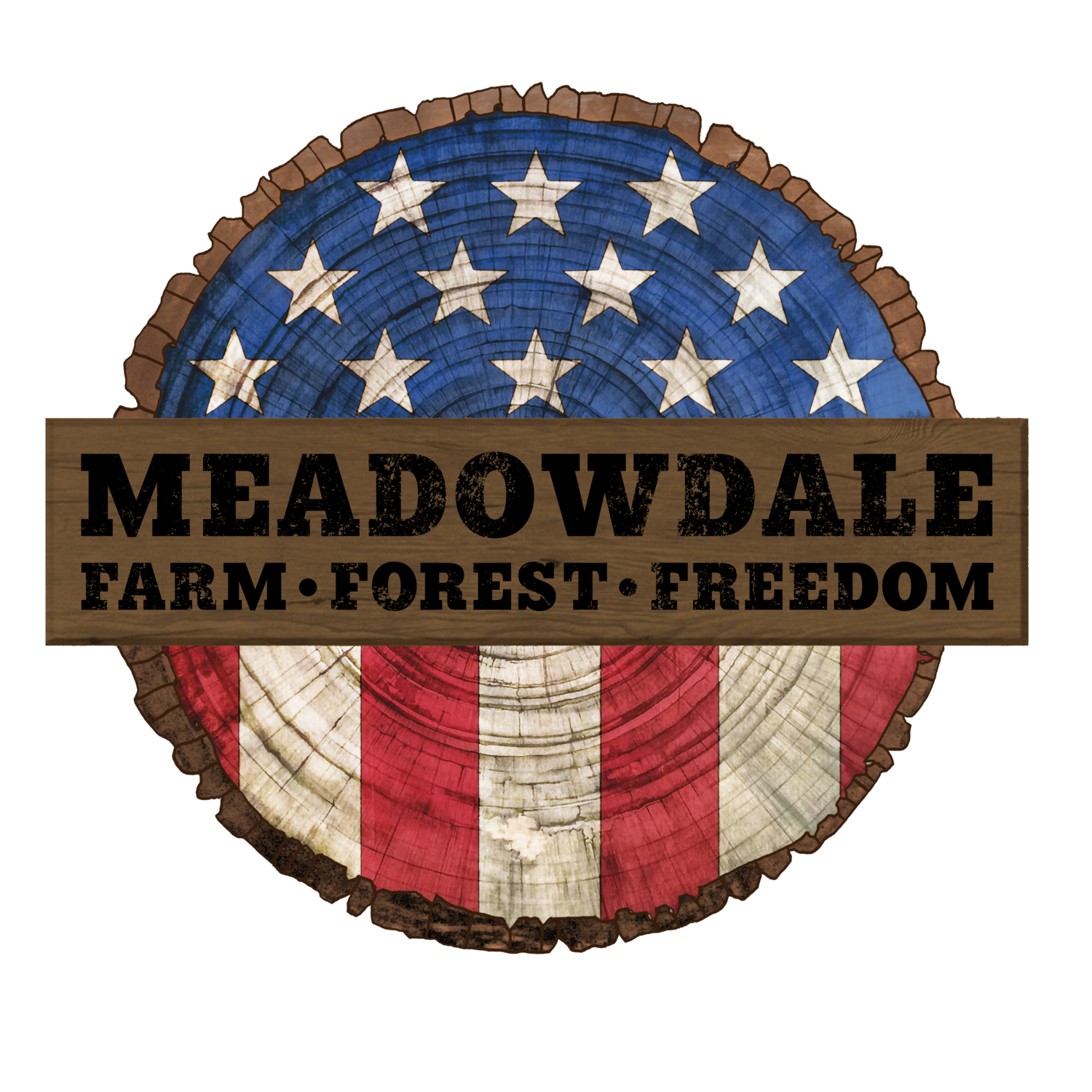Vermont’s diversified, multispecies hill farming has been occurring on this plot of land since it was first deeded as a 100 acre lot to John Kathan in 1770.
Besides the hum of tractors, trucks, and electricity it hasn’t changed all that much. Houses have come and gone, but much is still the same. We rise early to gather eggs and feed hogs. We prune the apple trees in early spring. We run fencing along the steep hill border and haul water from the springs.
There’s a trust though, between this land and us, that hasn’t fully been gained. Maybe it was the years of it getting subdivided, smaller and smaller, that stressed it. Maybe it was a big road, paved, with sidewalks and traffic that tarnished it. Maybe it didn’t appreciate the 30 years it was repeatedly hayed by a big farm, nutrients stripped, but no quality fertility reintegrated. It could be something more, story’s long forgotten of the Abenaki that once lived here and were forced to leave, the violence of the 1740’s and 1750’s that occurred close by, or maybe it’s about the church that once stood in our front pasture. Or, maybe the many cellar holes that were once homes of families long dead, or stone-lined wells overgrown now, that took fresh water to other properties.
I’ve prayed for this land, set intentions of my commitment to it, walked around with sage and moxa on the suggestion of friends, quietly praised plants and given gratitude to trees. I have the feeling though that the only way to shatter the distrust is through dedication of gentle tending, nurture, and setting deep roots.
“The care of the Earth is our most ancient and most worthy, and after all our most pleasing responsibility. To cherish what remains of it and to foster its renewal is our only hope.”-Wendell Berry

